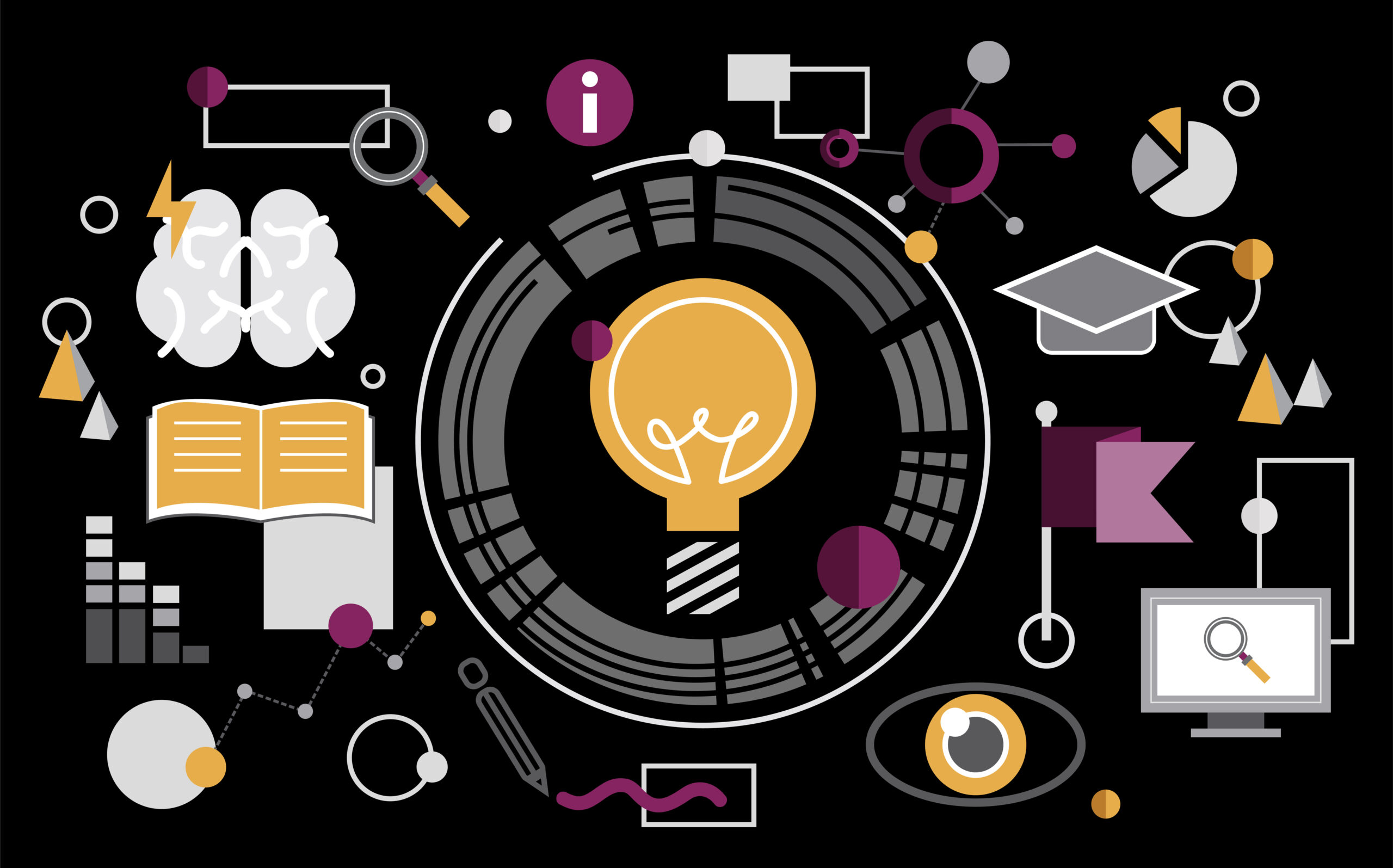



In the intricate tapestry of today’s corporate landscape, the significance of a conducive work environment cannot be overstated. The environment in which employees operate plays a pivotal role in shaping their well-being, job satisfaction, and overall productivity. From the physical layout of the workspace to the organizational culture, each facet exerts a profound influence on the employees’ psyche and, consequently, the success of the business itself. In this blog, we delve deep into the multifaceted impact of the work environment on employees, uncovering how it affects their engagement, creativity, health, and overall performance.
Beyond the mere arrangement of desks and chairs, the work environment carries a psychological weight that can significantly impact employees’ mental well-being and job satisfaction. Imagine stepping into a well-lit, aesthetically designed office space that promotes comfort and creativity. Now contrast this with a cramped, poorly ventilated area lacking any semblance of aesthetics. The difference between these two scenarios isn’t just superficial; it deeply influences employee psychological well-being.
Studies have shown that employees working in a welcoming, organized environment tend to experience lower stress levels, higher job satisfaction, and even improved mental health. When the surroundings convey a sense of value and care, employees are more likely to feel appreciated and motivated. This emotional connection to the workspace can foster a positive attitude, translating into higher levels of engagement and a stronger commitment to their tasks and responsibilities.
The layout of a workspace can significantly impact employee interactions, which in turn affect collaboration and communication within a team. Open-plan offices, for instance, encourage spontaneous collaboration and idea exchange. The physical proximity of colleagues promotes a sense of accessibility, making it easier to seek assistance, share insights, or discuss challenges. This kind of work environment fosters a culture of open communication, which is vital for innovation and problem-solving.
On the flip side, closed-door setups might hinder communication and create barriers between teams. It’s essential to strike a balance that suits the nature of the work and the preferences of the employees. A conducive work environment can break down silos and facilitate seamless communication across departments, enabling a free flow of ideas and a more comprehensive approach to problem-solving.
The work environment not only influences day-to-day tasks but also shapes the potential for creativity and innovation to flourish. A drab, monotonous setting can stifle employees’ creative thinking, while a vibrant and dynamic space can stimulate their imagination. Research indicates that the integration of elements such as colors, art, and flexible work areas can significantly stimulate creative thinking and lead to more innovative solutions.
Moreover, the physical environment can reflect an organization’s willingness to embrace new ideas and foster experimentation. When employees are surrounded by an environment that encourages thinking outside the box, they are more likely to push boundaries, challenge norms, and propose novel approaches to problem-solving. By providing a stimulating environment, organizations can harness the full creative potential of their employees, driving the company forward in a rapidly evolving business landscape.
At the core of any business’s success lies employee productivity. The work environment can either amplify or dampen productivity levels. Factors such as lighting, ergonomic furniture, and noise levels can directly impact how efficiently employees work. An environment that caters to their physical comfort and provides the tools they need to succeed can significantly contribute to increased productivity.
However, productivity isn’t solely about physical factors. A positive work environment is linked to higher employee motivation, which in turn leads to better performance outcomes. When employees feel a sense of belonging, experience mutual respect, and are recognized for their contributions, they are more likely to put in the extra effort to excel in their roles.
5. Employee Retention and Recruitment:
In the competitive world of talent acquisition, organizations are continually vying to attract and retain the best employees. A positive work environment can serve as a powerful recruitment and retention tool. Potential candidates are drawn to workplaces that prioritize employee well-being, growth opportunities, and a healthy work-life balance. Likewise, employees are more likely to stay with a company that offers a positive and supportive environment, fostering loyalty and reducing turnover rates.
Furthermore, a positive work environment sends a strong message about the organization’s culture and values. As prospective employees evaluate potential employers, they often consider the work environment as a reflection of how they will be treated and the kind of experience they can expect. By prioritizing a positive work environment, companies can create a competitive advantage in attracting top talent and building a committed workforce.
The work environment serves as a tangible representation of a company’s culture and values. It sets the tone for how employees perceive the organization and their role within it. If the work environment aligns with the company’s mission and values, employees are more likely to feel a sense of purpose and dedication. They can see the real-world manifestation of the principles the organization stands for, enhancing their connection to the broader mission.
On the other hand, a mismatch between the environment and the company’s proclaimed values can lead to confusion, disengagement, and skepticism among employees. A work environment that contradicts the company’s stated commitment to collaboration, inclusivity, or innovation can erode trust and damage the overall organizational culture.
Physical health and well-being are closely tied to the work environment. An environment that promotes healthy practices, such as standing desks, wellness programs, and designated relaxation areas, can significantly impact employees’ physical health. The incorporation of ergonomic furniture and proper lighting can contribute to a healthier posture and reduced strain-related issues.
Moreover, a workspace that considers factors like air quality and noise levels can contribute to a healthier workforce. Poor air quality and excessive noise can lead to discomfort and health problems, resulting in increased absenteeism and decreased productivity. By providing an environment that prioritizes the well-being of employees, organizations can demonstrate their commitment to fostering a healthy work-life balance.
The impact of the work environment on employees is profound and far-reaching, extending beyond mere aesthetics to encompass every facet of their experience within an organization. From influencing their psychological well-being and job satisfaction to driving innovation and productivity, the work environment plays a pivotal role in shaping the employee’s journey. Forward-thinking companies recognize that investing in a positive work environment is an investment in their most valuable asset: their employees.
By creating a space that fosters collaboration, creativity, comfort, and well-being, organizations can cultivate a thriving culture that propels both employee growth and business success. The journey towards optimizing the work environment is ongoing, as companies adapt to changing employee needs, technological advancements, and evolving work styles. As we move into a future marked by flexibility and innovation, the work environment will continue to be a pivotal force in shaping the trajectory of businesses and the lives of their employees.
For better career options choose us!